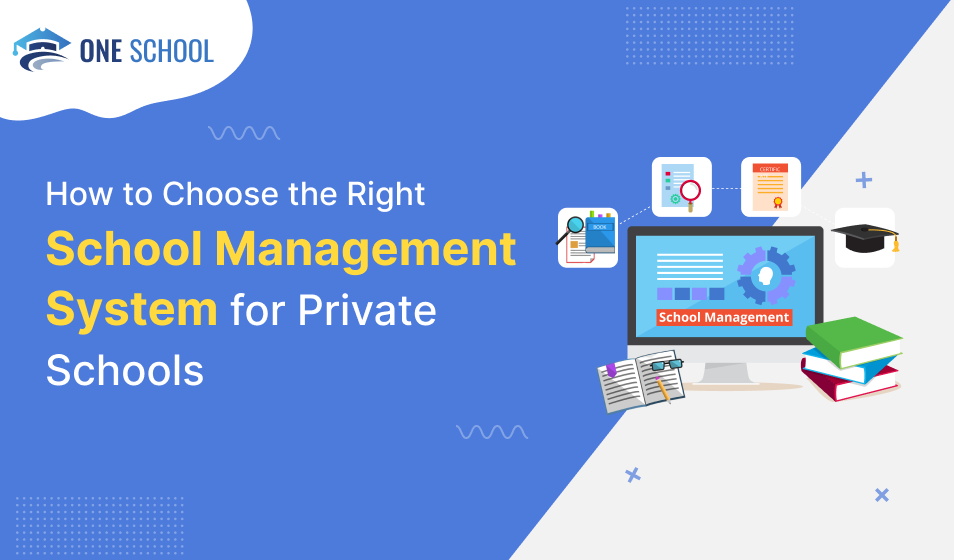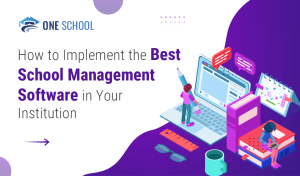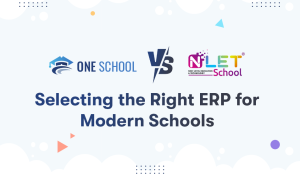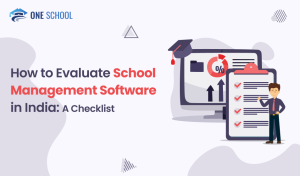Enrollment time is upon us, and for many private schools, that means old spreadsheets, re-keying data, and a flood of parent emails. A single calendar tweak can break the entire process. It’s frustrating, resource-draining, and damaging to your school’s reputation.
Understand the Complex Needs of Private Schools
Private schools often operate differently than public institutions. They may offer custom programs or cater to unique reporting needs. Start by documenting how your school handles:
- Admissions
- Fees
- Attendance
- Communication
- Grade tracking
Then ask:
- Where are most of the bottlenecks?
- Which operations are manual or error-prone?
- What do stakeholders frequently complain about?
This is your foundation for selecting the right system.
Define Must-Have Features (And Skip the Gimmicks)
Once you’ve outlined your needs, focus on features that truly matter:
- Student Info Management: Centralized, customizable profiles
- Admissions and Sign-Up: Online applications and tracking
- Communication: Parent-teacher messaging and updates
- Attendance and Grades: Automated tracking and reporting
- Fee Management: Invoices, online payments, and payment plans
- Data Security: Compliance with data protection regulations
Don’t be swayed by flashy features you don’t need. Choose the system that aligns with your workflow and goals.
Flexibility and Scalability
Your SMS should grow with your school. Look for systems that offer:
- Customizable modules and reports
- Role-based access for different staff
- API integrations (e.g., with accounting or LMS tools)
- Scalable pricing options
A rigid system may hold your school back. Choose one that enables growth.
Evaluate User Experience for All Stakeholders
If it’s not user-friendly, it won’t get used. Arrange demos where your team can:
- Use the system as admin, teacher, parent, and student
- Perform common actions (mark attendance, send messages, collect fees)
- Access training and support resources
An intuitive system reduces training time and increases adoption.
Prioritize Vendor Reputation and Support
What happens after you buy is crucial. Look for vendors with:
- Strong reviews from similar schools
- Responsive technical support
- Frequent updates and innovation
You want a partner committed to your long-term success.
Consider Total Cost of Ownership
Look beyond the sticker price. Consider:
- Licensing models
- Setup and onboarding fees
- Support and upgrade costs
- Potential time and cost savings
Ask for transparent quotes. Choose what delivers the best ROI, not just the lowest cost.
Implementation and Change Management
Success depends on rollout. Choose vendors that provide:
- Data migration services
- Training for staff and parents
- Ongoing support post-launch
Involve key stakeholders early to ensure smooth adoption.
The Conclusion
An effective School Management System empowers your team, reduces stress, and enhances your school’s reputation. Pick a platform that meets your current needs and supports your vision for the future.
Next steps? Identify what’s not working, book tailored demos, and evaluate features for real utility. One smart decision can unlock lasting improvements.

At OneSchool, Nishant Joshi manages projects centered on school ERP solutions as a technology strategist and project manager. He focuses on putting in place and refining digital systems that support improved educational outcomes, increase administrative effectiveness, and improve school operations.






